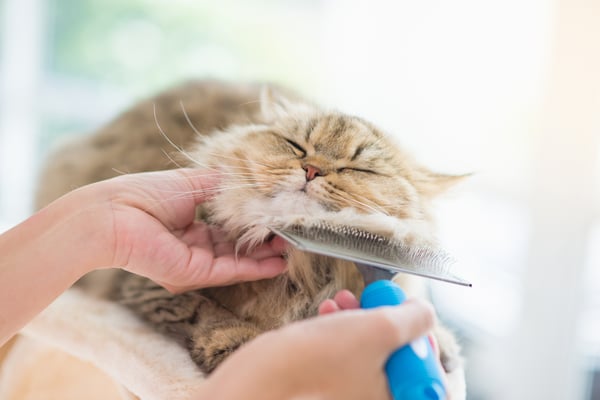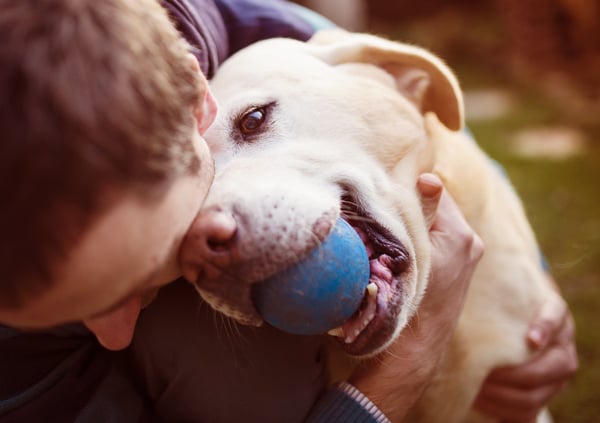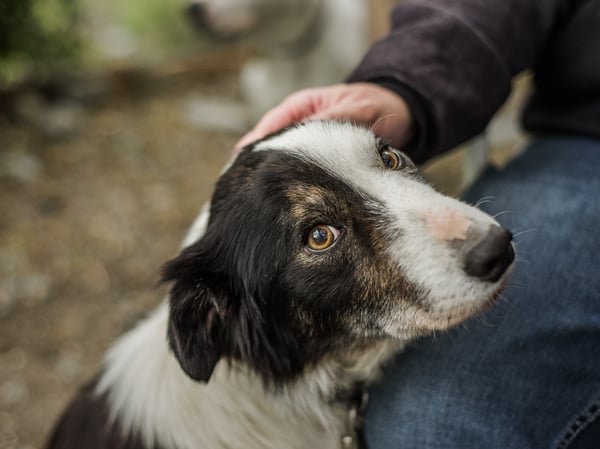Strengthening the Human-Animal Bond: Everyday Ways to Care for Your Pet
Recognizing the value of the bond between people and animals is central to how we build compassionate, healthy communities. While certain days may spotlight that connection, meaningful care happens year-round.
These practical, expert-informed actions support your pet’s wellbeing and reinforce the trust and security they rely on—no holiday required.
.jpeg?width=600&height=400&name=AdobeStock_237757797%20(1).jpeg)
Understand Your Pet’s Preferences and Boundaries
Every animal is different. Some dogs thrive on social interaction, others need quiet. Some cats seek constant attention, while others prefer distance. Understanding how your pet experiences the world—and responding accordingly—is fundamental to good care.
Pay attention to your pet’s body language and behavior. When you learn what they enjoy and what they avoid, you can build a relationship based on mutual trust and respect. That understanding is a form of care in itself.

Make Time for Enrichment That Works for Them
For many animals, regular enrichment—such as varied walks, interactive toys, or problem-solving games—helps reduce stress and increase wellbeing. For dogs that enjoy walking, try a new route or slow down to let them explore their environment more fully. For indoor cats, rotating toys or using puzzle feeders can help prevent boredom and frustration.
The goal is not activity for activity’s sake, but intentional engagement that meets your pet’s physical and emotional needs.

Groom Thoughtfully and Respectfully
Grooming can be a positive experience when handled with attention and care. For pets that enjoy brushing or tactile contact, grooming can strengthen the relationship between animal and caretaker. However, it’s important to know which areas your pet prefers—or avoids—and to adapt your approach based on their response.
Grooming should never be forced. A calm, consistent approach that considers your pet’s comfort makes this time together more beneficial.

Use Treats Appropriately
Treats can be a useful part of training or positive reinforcement, but they’re most effective when given with purpose. Choose high-quality, species-appropriate treats and be mindful of any dietary restrictions or health concerns. For those who enjoy cooking at home, simple recipes for pet-safe snacks can be a practical option.
Avoid human foods that are unsafe for pets, including chocolate, onions, grapes, and anything containing xylitol.

Prioritize Play and Interaction
Play is not frivolous—it’s an essential part of most pets’ emotional health. Regular, interactive play helps animals express natural behaviors and promotes physical activity. Choose toys that are safe and appropriate for your pet’s size, age, and activity level.
Importantly, play can also be a diagnostic tool. If your pet suddenly stops playing, it may signal a change in their physical or emotional state that should be assessed.

Foster a Pet in Transition
Fostering provides a safe and stable environment for animals awaiting adoption, and it helps shelters reduce overcrowding. Fosters play a critical role in preparing animals for long-term homes by helping them build confidence and adapt to household life.
This is especially impactful for pets who need more individualized attention or time to recover from trauma. Fostering is a short-term commitment with a long-term impact.

Support Broader Animal Welfare Efforts
If direct care or fostering isn’t an option, consider supporting animal welfare organizations through donations or volunteer work. Contributing to a nonprofit like Greater Good Charities helps fund veterinary care, food, shelter improvements, and relocation efforts for at-risk animals around the world.
You can dedicate a gift in honor of your pet or someone else’s—an action that supports both animals and the people who care for them.


